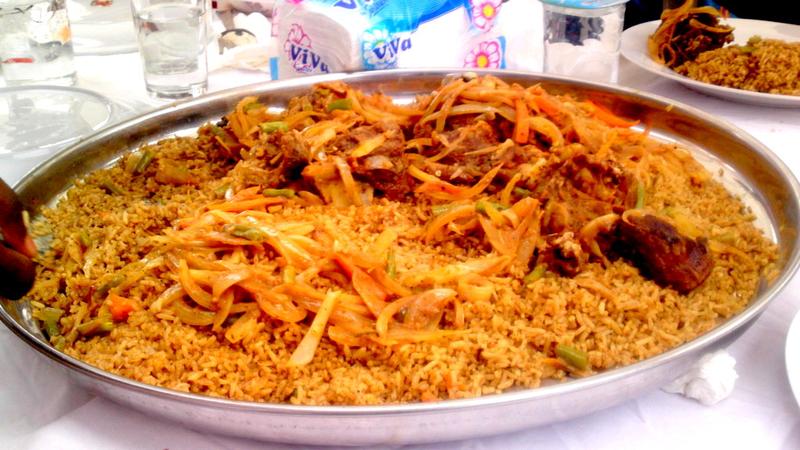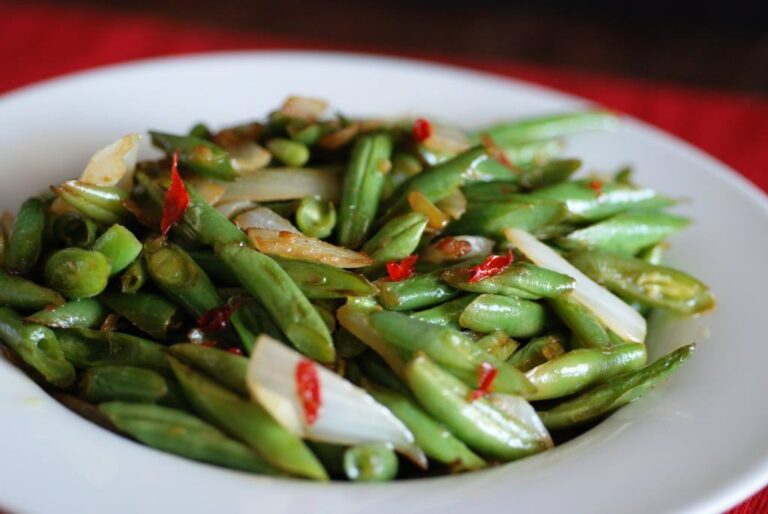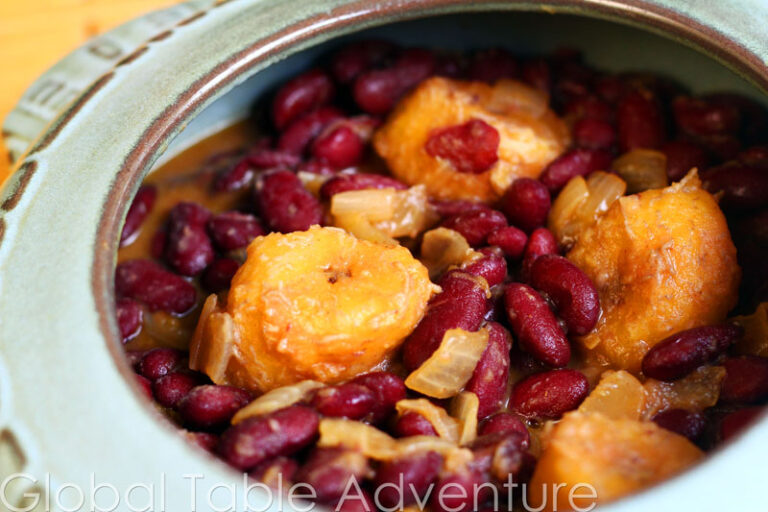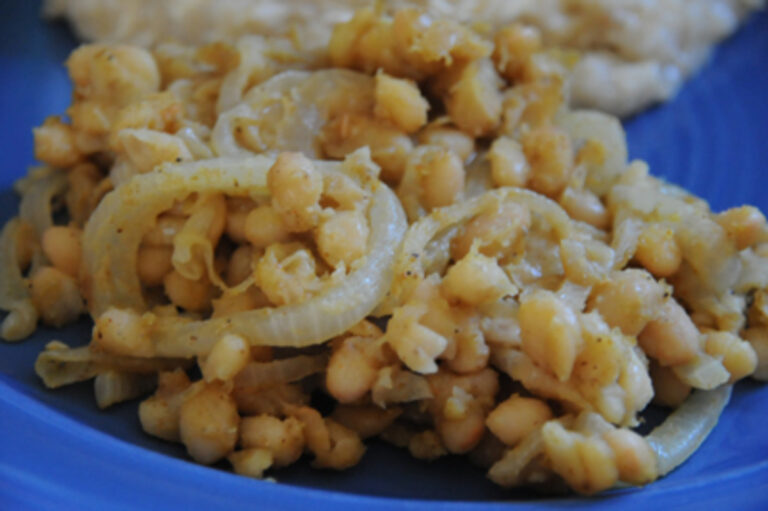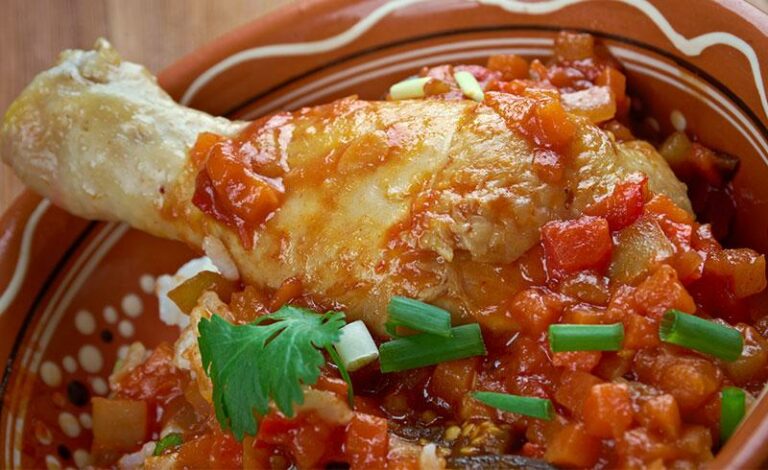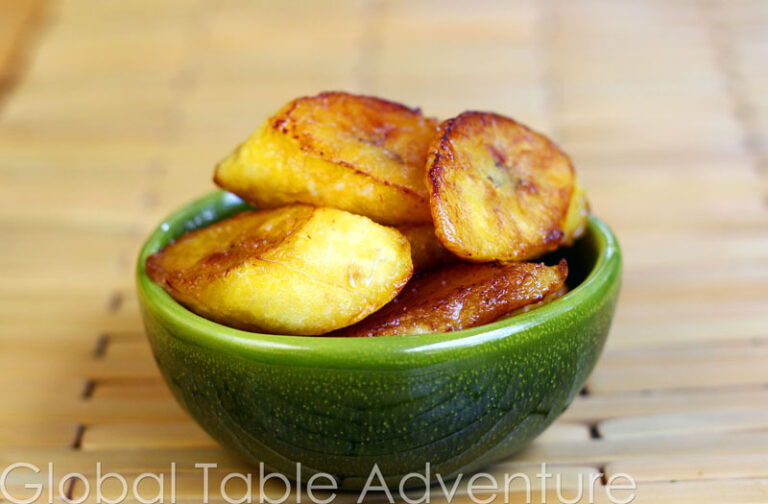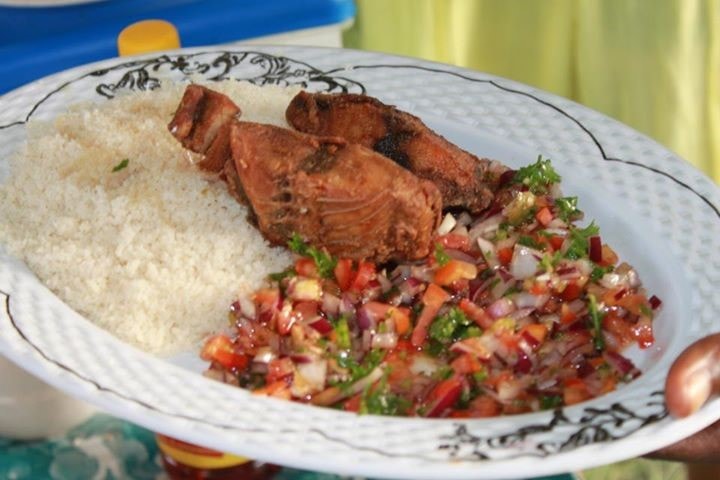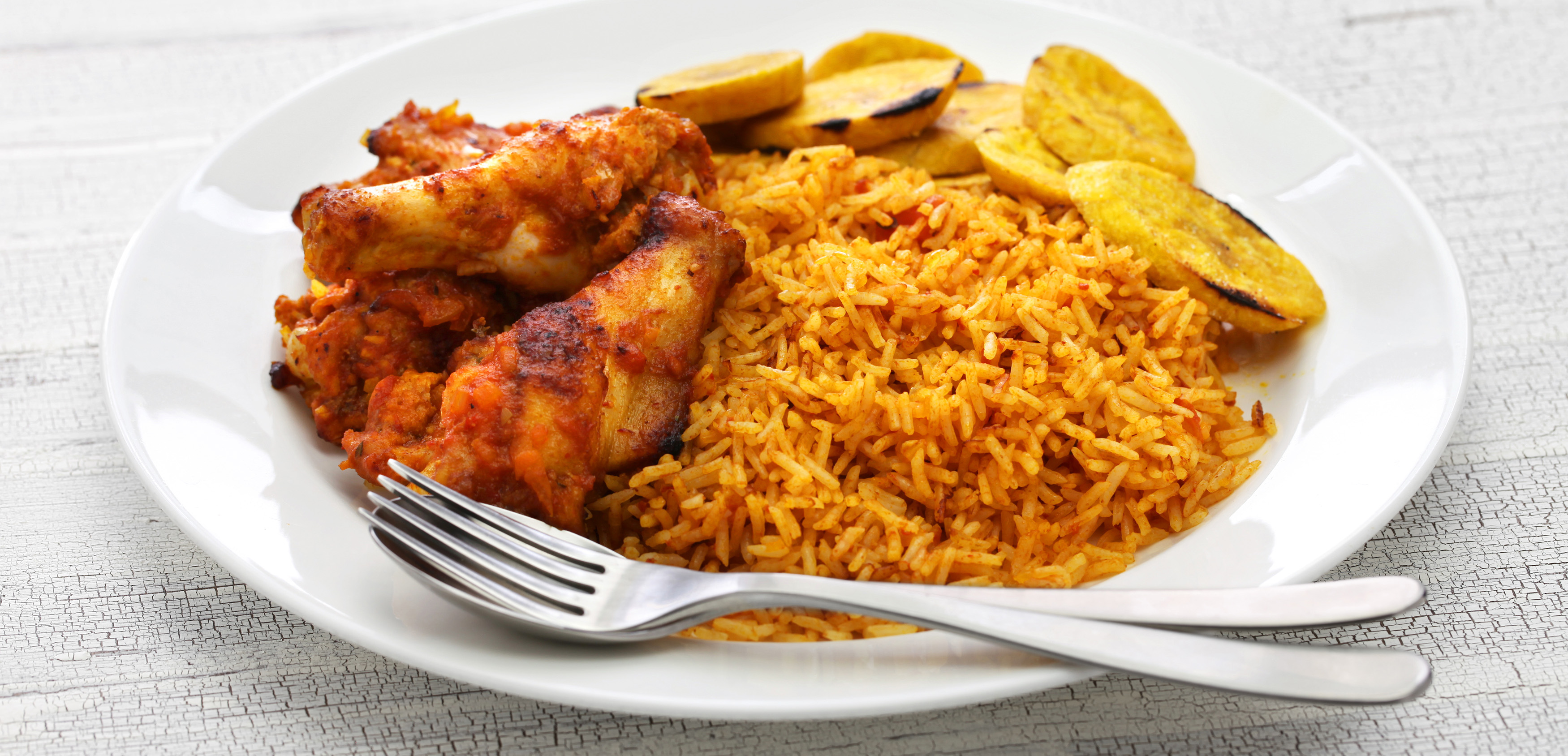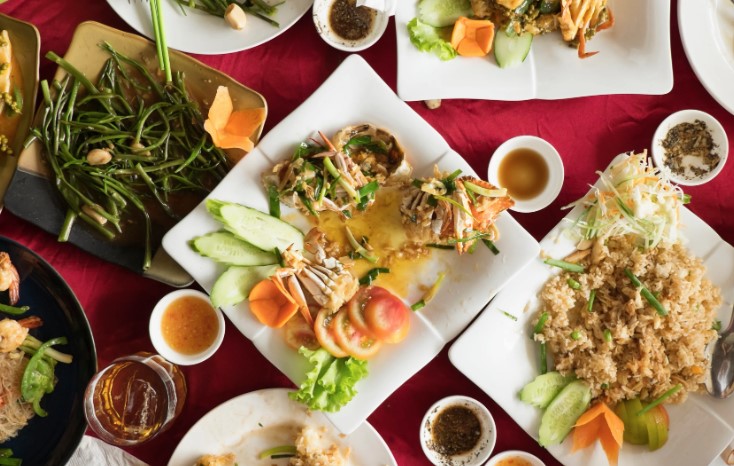Introduction to Burkina Faso cuisine
Burkina Faso is a landlocked country in West Africa, with a cuisine that is heavily influenced by the country’s geography and its neighboring countries. The cuisine of Burkina Faso is based on staples such as sorghum, millet, rice, yams, and vegetables. Meat is also an important part of the cuisine, with various types of game meat, beef, and goat commonly used in dishes.
Traditional cooking methods
Burkina Faso cuisine uses traditional cooking methods that have been passed down through generations. These methods include grilling, boiling, steaming, and smoking. In some areas, clay pot cooking is also a popular method. The cooking methods used depend on the dish being prepared and the region in which it is being prepared.
Use of local ingredients
Burkina Faso cuisine makes use of locally grown ingredients such as grains, vegetables, and meat. Millet and sorghum, for example, are used in a variety of dishes like porridge, couscous, and beer. Vegetables such as okra, eggplant, and tomatoes are also frequently used in dishes. Game meat like antelope, buffalo, and warthog are also popular in Burkina Faso cuisine.
Importance of spices
Spices are an important part of Burkina Faso cuisine. They are used to add flavor and aroma to dishes. Common spices include ginger, garlic, and chili peppers. Other spices like nutmeg, cardamom, and cinnamon are also used in some dishes.
Grilling and smoking techniques
Grilling and smoking are common cooking techniques used in Burkina Faso cuisine. Grilling is typically done over an open flame, while smoking is done over a wood fire. Grilling is used to cook meats and vegetables, while smoking is used to preserve meat and fish.
Steaming and boiling methods
Steaming and boiling are also popular cooking methods in Burkina Faso cuisine. These methods are used to cook grains like rice and millet, as well as vegetables like okra and eggplant. Steaming is also used to prepare couscous, a popular dish in the region.
Clay pot cooking
Clay pot cooking is a traditional cooking method in Burkina Faso cuisine. It involves cooking food in a clay pot over a fire. The clay pot helps to retain the flavors of the food and keeps it moist. Clay pot cooking is used to prepare stews, soups, and other dishes.
Influence of neighboring cuisines
The cuisine of Burkina Faso has been influenced by its neighboring countries, including Mali, Niger, and Ivory Coast. Some common dishes in Burkina Faso cuisine, like jollof rice and fufu, have their origins in these neighboring countries. The influence of these neighboring cuisines has helped to create a diverse and flavorful cuisine in Burkina Faso.

